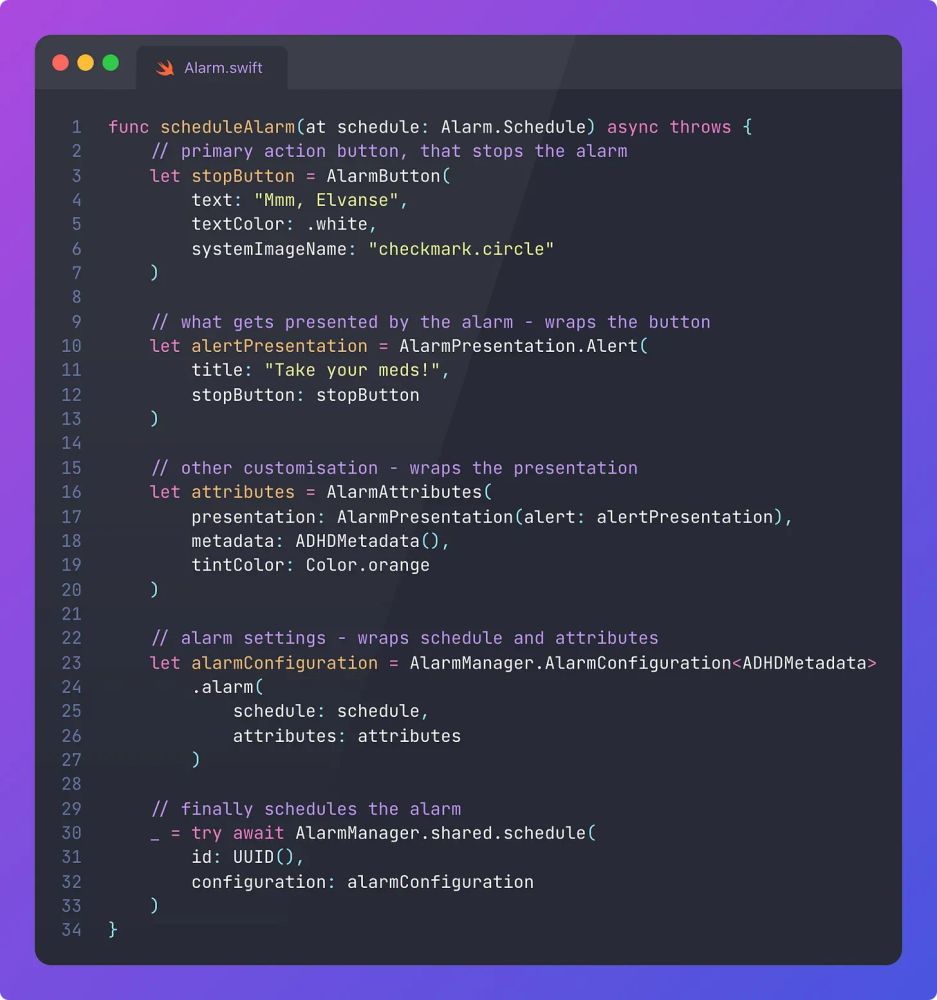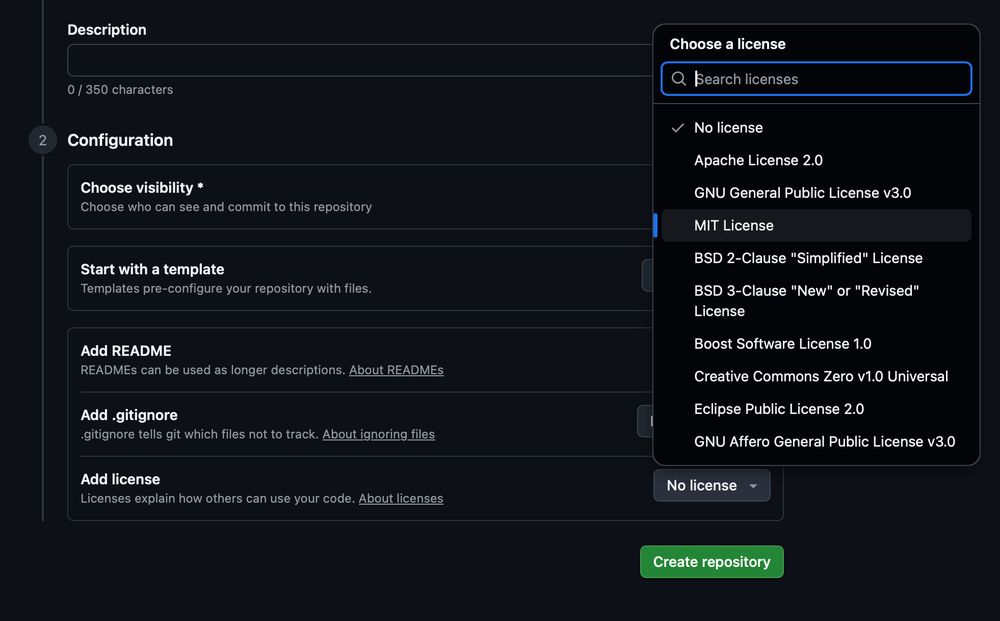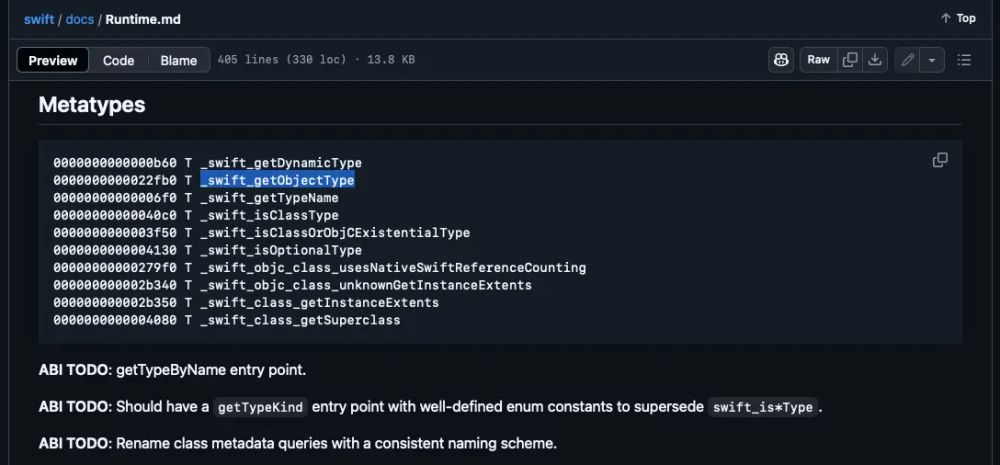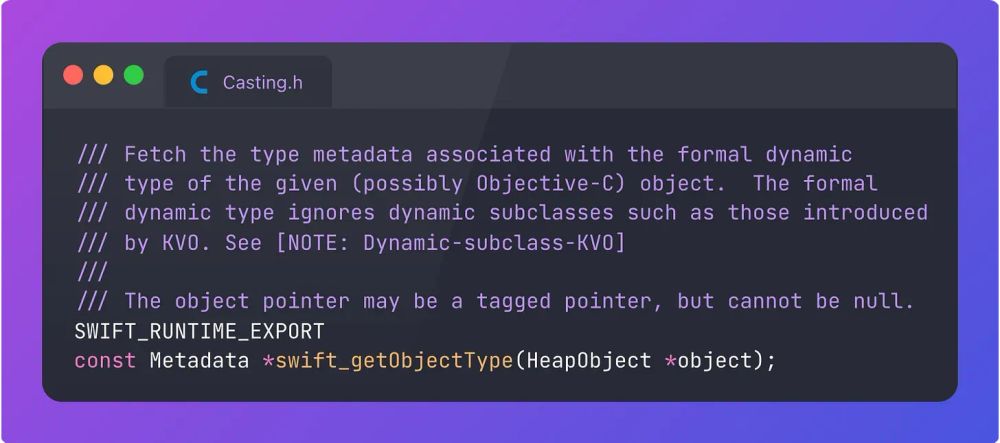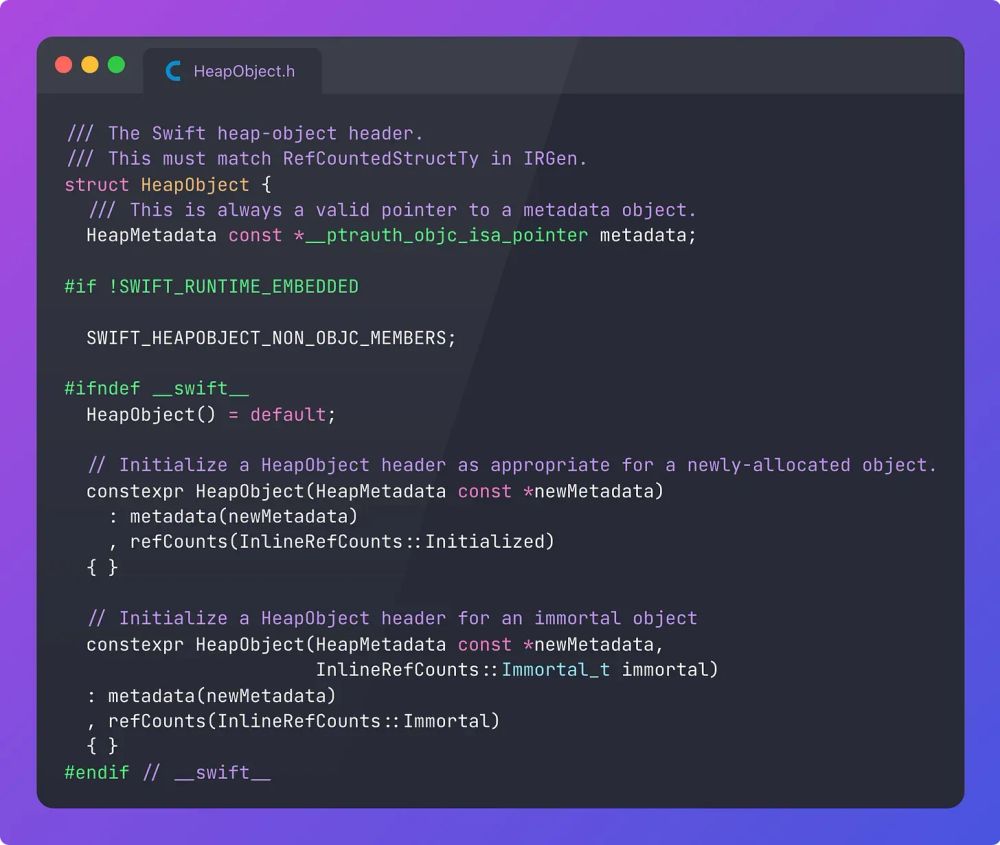- AlarmPresentation defines the buttons and text. These can be defined for both an alarm (the original scheduled thing) and a countdown (during the snooze).
Read my full AlarmKit deep-dive here ⏰
blog.jacobstechtavern.com/p/adhd-vs-al...
05.08.2025 19:01 — 👍 0 🔁 0 💬 0 📌 0
It can also contain custom sounds, custom snooze duration, and custom app intents for both the stop and snooze buttons.
- AlarmAttributes handles the visual presentation, including colour, icon metadata, and Presentation.
05.08.2025 19:01 — 👍 0 🔁 0 💬 1 📌 0
- AlarmManager.shared.schedule is the final AlarmKit call which actually schedules the AlarmConfiguration in the future.
- AlarmConfiguration stores the schedule (when) and the attributes (visual elements).
05.08.2025 19:01 — 👍 0 🔁 0 💬 1 📌 0
Building and running the app, we see the configuration we created in a full-screen interrupt that displays after 3 seconds:
Frankly, the API is a little weird, in that everything kind of nests inside everything else, which is simple but very verbose.
05.08.2025 19:01 — 👍 0 🔁 0 💬 1 📌 0

Performance Analytics
Actionable steps for crowd-sourcing your performance profiles
Next, I’ll demonstrate how you can use this data as a jumping-off point for more elaborate performance diagnostics using Instruments.
Read about my technique here 🛠️ blog.jacobstechtavern.com/p/performanc...
05.08.2025 15:05 — 👍 0 🔁 0 💬 0 📌 0
improve your app:
- Thermal profiling
- CPU and memory usage
- Battery level and status
The technique helps catch hot paths in your code, and quickly flags up inefficient user flows that are killing your users in the wild.
05.08.2025 15:05 — 👍 0 🔁 0 💬 1 📌 0
Once you start, you’re the oracle: the first person at your company to know about performance problems, uncovering and fixing user issues before the first bug report comes through.
We’re going to look at various performance metrics you can crowdsource and look at how each one can be used to
05.08.2025 15:05 — 👍 1 🔁 0 💬 1 📌 0

Today I’m sharing a technique I created which allows you to crowdsource app performance metrics direct from your users, by piggybacking on your existing analytics system: Performance Analytics.
If you aren’t tracking performance metrics like this, you’re leaving breadcrumbs on the table.
05.08.2025 15:05 — 👍 1 🔁 0 💬 1 📌 0

Jacob’s Tech Tavern: coming to a lot near you…?
04.08.2025 20:29 — 👍 1 🔁 0 💬 0 📌 0

Apple is Killing Swift
A great language strangled by governance
Swift was a great language, but it has fallen far from its original vision.
Today, we’re going to learn how modern programming languages are governed. I’ll explain how Swift’s dictatorial structure is uniquely terrible, and demonstrate to you how bad the situation has become.
04.08.2025 19:01 — 👍 1 🔁 0 💬 0 📌 0

TIL you can compel Claude to evaluate more thoroughly via “extended thinking mode” that applies extra compute time. With some special keywords.
04.08.2025 16:51 — 👍 0 🔁 0 💬 0 📌 0

My piece "High Performance Swift Data" is now free to read!
This is a story of performance pain, of data integrity, and of a successful migration. A story of SwiftData gone wrong. Follow along as I convert my SwiftData app MVP from a slow, crashing mess to a lightning-fast, responsive product.
04.08.2025 15:05 — 👍 1 🔁 0 💬 1 📌 0
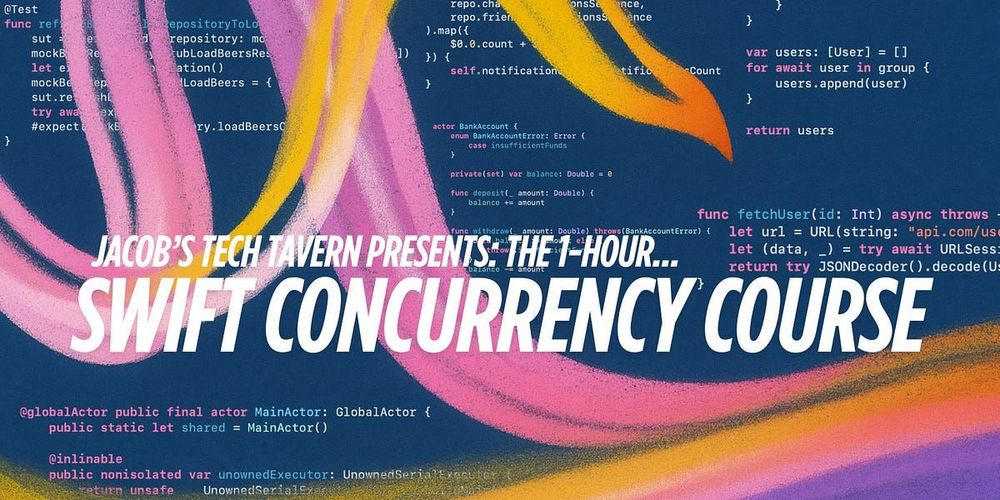
The 1-hour Swift Concurrency course
Understand the toolset from async/await to modern Swift 6.2
so big tech can finally go all-in on Swift (we can dream).
Take my new Swift Concurrency course here 🧵🚀
blog.jacobstechtavern.com/p/swift-conc...
04.08.2025 11:00 — 👍 0 🔁 0 💬 0 📌 0
actors:
Distributed actors can be applied to situations that require safe data isolation between processes. Peer-to-peer gaming is a great first use case, but I’m waiting for someone to re-invent a distributed ACID database by applying distributed actors,
04.08.2025 11:00 — 👍 0 🔁 0 💬 1 📌 0
processes.
Swift developers can use distributed actors from the standard library, or import the swift-distributed-actors package to apply distributed actors on the server.
Apple created an open-source sample project, TikTakFish, which runs a simple multiplayer game that works using distributed
04.08.2025 11:00 — 👍 1 🔁 0 💬 1 📌 0
applications running across multiple machines a cloud ecosystem.
Distributed actors apply standard actor behaviour, serialised access and data isolation, and extend this to work across processes boundaries. They simplify networking, serialisation, and transport for workloads that apply across
04.08.2025 11:00 — 👍 1 🔁 0 💬 1 📌 0
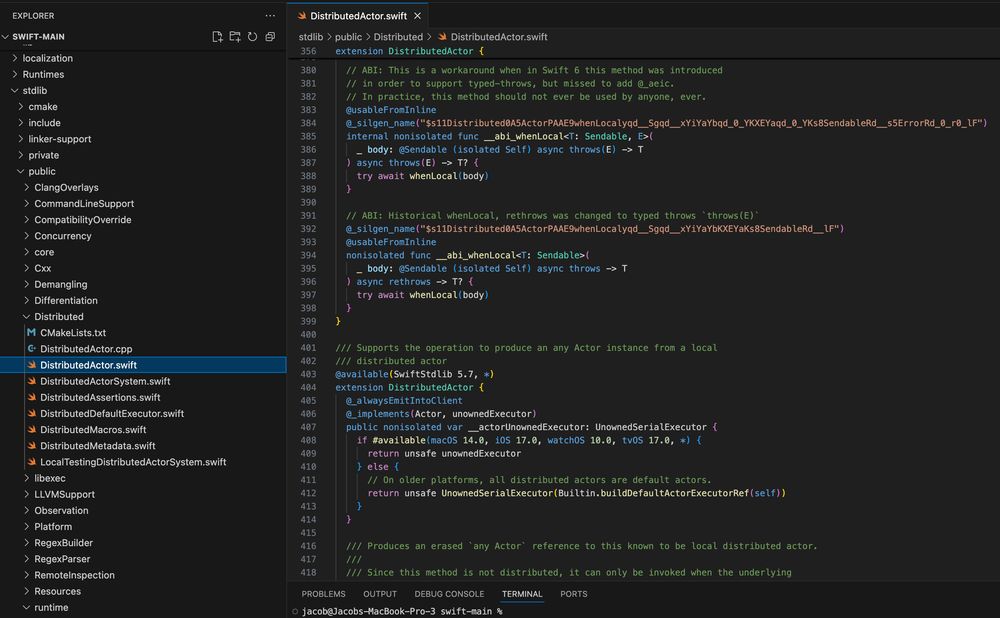
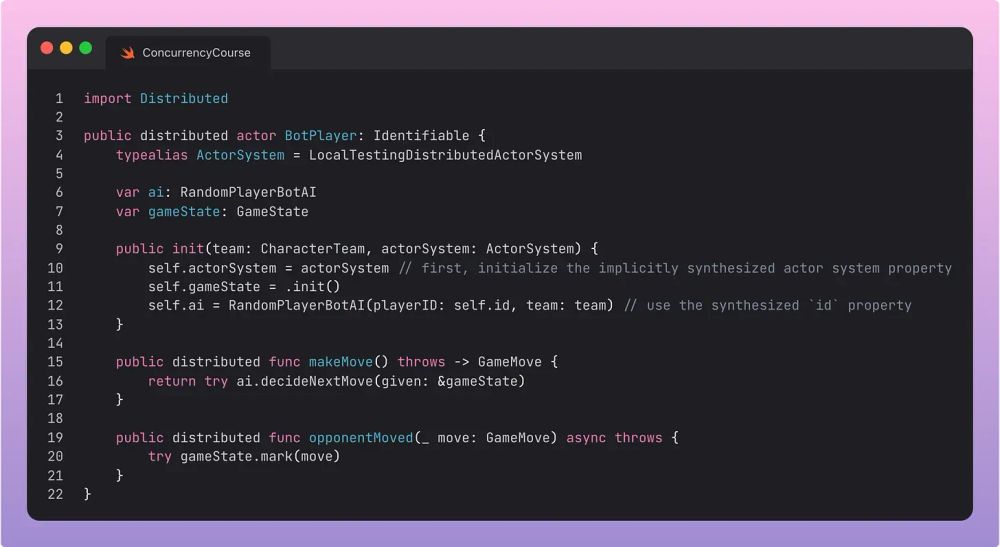
Distributed Actors were Chris Lattner’s final gift to mankind: he included a high-level design for distributed actors in the 2017 Swift Concurrency manifesto.
The vision laid out a distributed compute abstraction which enforced safe data isolation across machines. This could support Swift
04.08.2025 11:00 — 👍 2 🔁 0 💬 1 📌 0
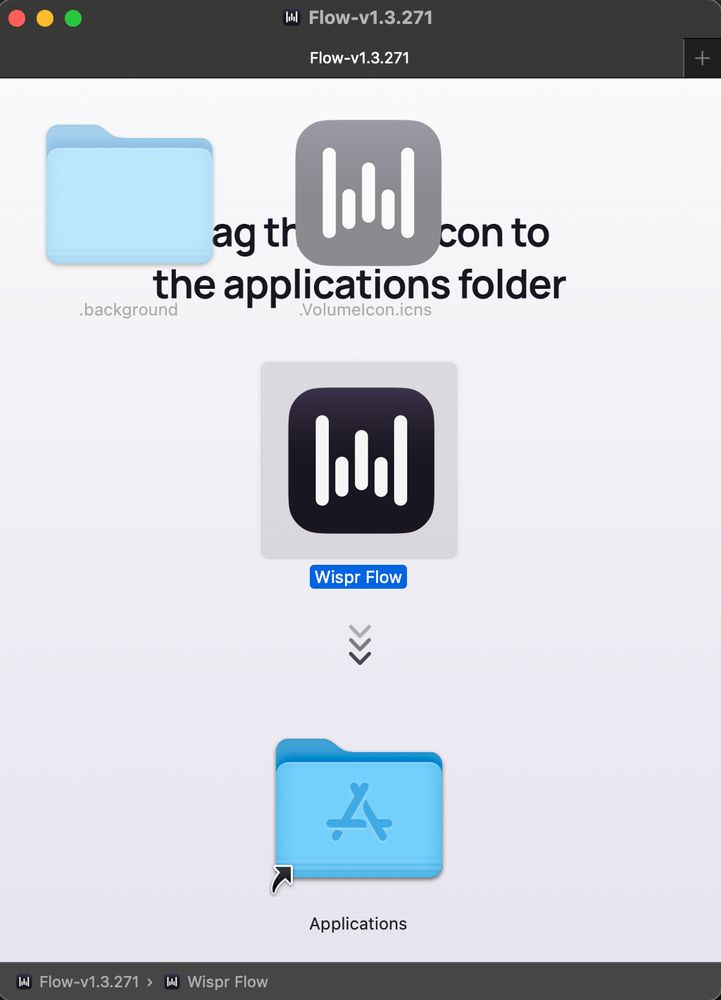
I always thought the application-installing UX was super weird whenever you have hidden files displaying
04.08.2025 08:51 — 👍 0 🔁 0 💬 0 📌 0

Can’t wait to download and play this when I get home from work! 🤩 #switch2
04.08.2025 06:01 — 👍 4 🔁 0 💬 0 📌 0
Hot take: as nice as SwiftUI is to use, it’s a bit, dare I say, lame, how the state of the art every WWDC has changed from “look at these advanced features” to “we ported web views after 6 years”
03.08.2025 19:00 — 👍 3 🔁 0 💬 1 📌 0

How to Learn the Swift Source Code
Become an expert at Swift Internals 🛠️
The argument itself is a HeapObject. We should briefly cover this before continuing, since it’s arguably the most important entity in the runtime code.
Read my full tutorial here to become an expert at Swift Internals 🛠️ blog.jacobstechtavern.com/p/swift-sour...
03.08.2025 15:00 — 👍 1 🔁 0 💬 0 📌 0
swift/include/swift/Runtime/Casting.h, which defines the public API for runtime type-casting operations.
SWIFT_RUNTIME_EXPORT denotes it as a function exported to the runtime ABI. swift_getObjectType returns Metadata, the isa pointer that contains the type information of the argument at runtime.
03.08.2025 15:00 — 👍 0 🔁 0 💬 1 📌 0
memory addresses of the compiled runtime binary to its public functions. We can see the full runtime contract in Runtime.md :
swift_getObjectType lives at the memory address 0x00022fb0. Let’s find the declaration in the swift runtime library. We find the header file at
03.08.2025 15:00 — 👍 0 🔁 0 💬 1 📌 0
with the compiler, which inlines instructions that call into the ABI.
swift_getMetatypeMetadata corresponds to a function in the linked runtime library.
The Swift Runtime ABI, or Application Binary Interface, is the API contract, or protocol definition, for the Swift Runtime. This maps the
03.08.2025 15:00 — 👍 0 🔁 0 💬 1 📌 0
Advanced iOS onboarding UX: Picture in Picture
Need your users to access a strictly locked-down permission like always-on location, frequency-update live activities, or keyboard access? Use Picture in Picture alongside a settings link to guide your users step by step!
03.08.2025 11:00 — 👍 6 🔁 0 💬 0 📌 0

I have not yet summoned the courage to write about Swift concurrency internals
But for everything else, there's my course! blog.jacobstechtavern.com/p/swift-conc...
02.08.2025 19:00 — 👍 0 🔁 0 💬 0 📌 0
Product Designer building with @Figma & Software Developer | Specializing in iOS with @swift and Web Applications | Shipped 10+ Products | React and Flutter
indie kotlin dev 💜
compose by day, ktor by night 🦉
learning 日本語 🎌
21y/o muslim from morocco 🇲🇦
building thingies at skaldebane.dev 💙
free palestine 🇵🇸🕊
Post doc researcher in Deep Learning for Cultural Heritage in Marseille/ Astronomy enthusiast /🏳️🌈
Weekly Swift & iOS dev insights from @snappmobile.bsky.social
📬 https://ios-newsletter.snappmobile.io/index.html
💻 github.com/Snapp-Mobile/ios-newsletter
Systems Analyst (Epic), Former Neonatal Transport RT, Dad, Novice programmer, Novice iPhone photographer, Book nerd, Student for life.
Innovative tech developer making a mark in the app development world. Need innovation/developer for your app? Contact me. ⬇️
he/him
You probably heard about me because I am the founder of the Twisted python networking engine open source project. But I’m also the author and maintainer […]
[bridged from https://mastodon.social/@glyph on the fediverse by https://fed.brid.gy/ ]
I make software. I write. I train. I fast. // Sharing what I’ve learned along the way.
CEO & Founder of TelemetryDeck, antifascist, feminist, privacy fighter.
iOS (Swift) news, articles and job:
https://t.me/iOSSwiftArticles
Software Developer: iOS | macOS | Swift | Swift UI
Still coding in Obj-C 🦖
https://netmedia.dev
Computer Engineer, UMN24. WWDC2020 Scholar. Building @codeedit.app on GitHub. Blog at https://khanwinter.com
Dog lover✨️
Coffee lover ♥️
Store manager/owner
⚠️ CVE @ MITRE
✅ @hipcheck.mitre.org
🐗 @omnibor.io
💻 www.alilleybrinker.com/blog
Opinions are mine, you can’t have them.
Software craftsman, composer, theologian, writer, runner, photographer. Anglican Christian. Platform eng. at Vanta. Co-author of the Rust book. Previously LinkedIn; Ember TS & Framework alum. I can help you adopt Rust or TypeScript!
→ chriskrycho.com
Technology-focused link-aggregation community.
Using /newest.rss feed. Not affiliated with lobste.rs.
Currently beta; by @mycroft.mkz.me
The Truth is Out There! 👽
🔹 Software→ developer, 40+ years
🔹 France→ born & raised
🔹 Apple US→ in my early 20s
🔹 Companies→ sold a few
🔹 Consulting→ lots of
🔹 Java Linkblog→ ran for 7 years
🔹 Columnist→ Java Developer's Journal
🔹 Cancer→ survivor
unofficial and not affiliated with Y Combinator
